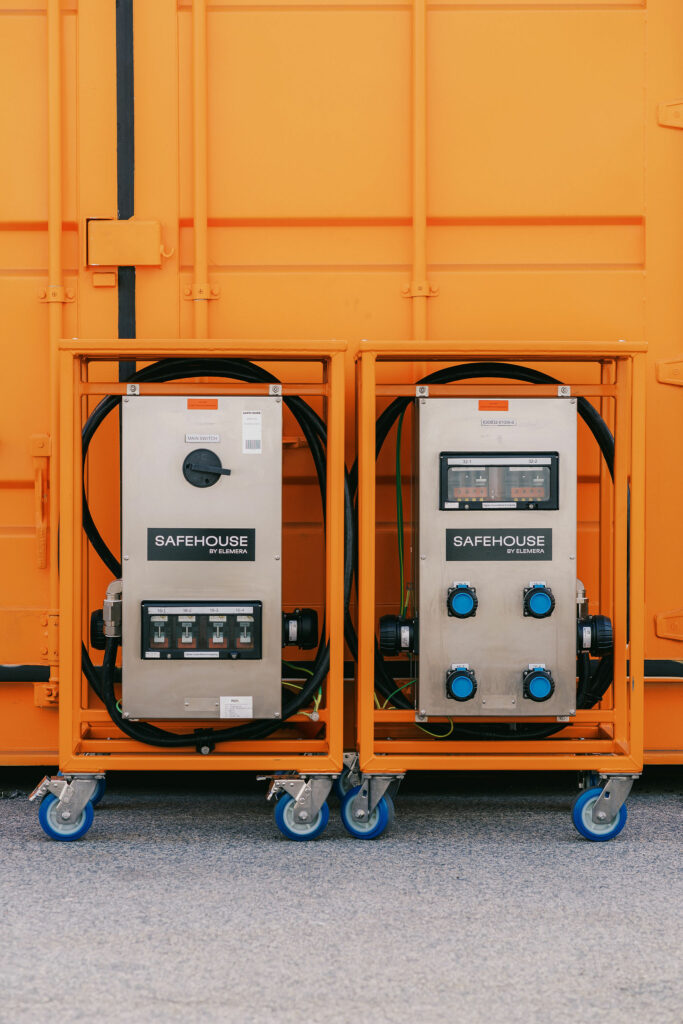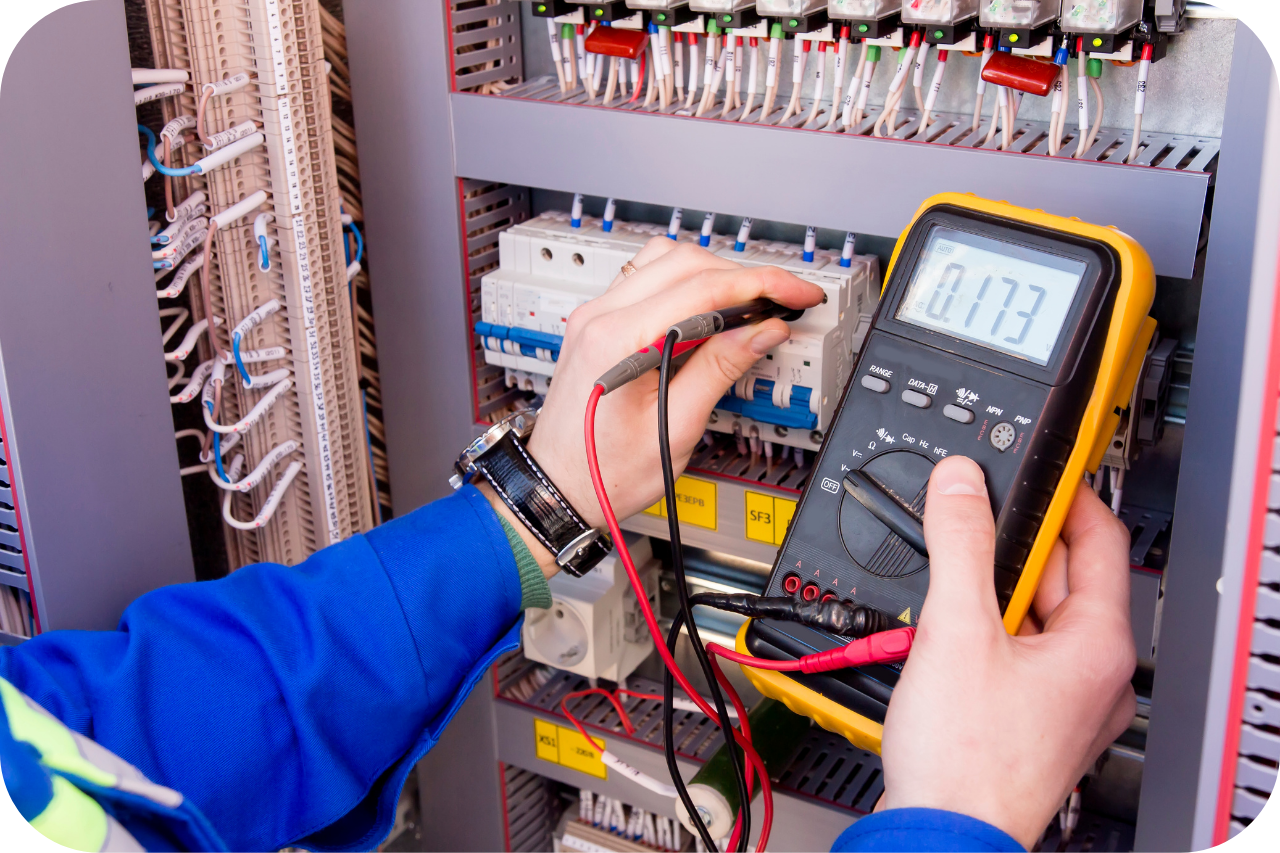The Best Strategy To Use For Roar Solutions
The Best Strategy To Use For Roar Solutions
Blog Article
Not known Incorrect Statements About Roar Solutions
Table of ContentsRoar Solutions Fundamentals ExplainedGetting The Roar Solutions To WorkAll About Roar Solutions
In order to shield setups from a potential surge an approach of analysing and identifying a possibly harmful area is needed. The function of this is to guarantee the proper choice and setup of equipment to eventually stop an explosion and to make sure safety of life.
(https://www.magcloud.com/user/roarsolutions)
No devices needs to be mounted where the surface area temperature of the equipment is above the ignition temperature level of the offered danger. Below are some typical dirt unsafe and their minimal ignition temperature level. Coal Dirt 380C 225C Polythene 420C (thaws) Methyl Cellulose 420C 320C Starch 460C 435C Flour 490C 340C Sugar 490C 460C Grain Dust 510C 300C Phenolic Resin 530C > 450C Aluminium 590C > 450C PVC 700C > 450C Soot 810C 570C The chance of the risk being existing in a concentration high sufficient to cause an ignition will certainly vary from place to place.
In order to categorize this danger an installation is divided right into areas of risk depending upon the quantity of time the harmful is existing. These areas are referred to as Areas. For gases and vapours and dusts and fibres there are 3 areas. Area 0 Area 20 A hazardous environment is very most likely to be present and may exist for extended periods of time (> 1000 hours per year) and even constantly Zone 1 Zone 21 A dangerous atmosphere is feasible however unlikely to be existing for long durations of time (> 10 450 C [842 F] A classification of T6 implies the minimal ignition temperature level is > 85 C [185 F] Harmful location electrical tools maybe created for use in greater ambient temperatures. This would certainly showed on the ranking plate e.g. EExe II C T3 Ta + 60C( This means at 60C ambient T3 will not be gone beyond) T1 T1, T2, T3, T4, T5, T6 T2 T2, T3, T4, T5, T6 T3 T3, T4, T5, T6 T4 T4, T5, T6 T5 T5, T6 T6 T6 A T Class ranking of T1 indicates the maximum surface temperature generated by the instrument at 40 C is 450 C. Presuming the linked T Course and Temperature level score for the equipment are ideal for the area, you can constantly utilize an instrument with a much more rigorous Division ranking than required for the area. There isn't a clear response to this concern. It actually does depend on the kind of devices and what repairs need to be executed. Equipment with certain examination treatments that can not be performed in the area in order to achieve/maintain 3rd event score. Have to return to the factory if it is prior to the equipment's solution. Area Repair Work By Authorised Employee: Difficult screening might not be called for nonetheless particular treatments might require to be followed in order for the tools to preserve its 3rd party score. Authorised personnel need to be employed to perform the work properly Repair should be a like for like substitute. New component must be taken into consideration as a straight replacement needing no unique testing of the devices after the repair work is complete. Each piece of tools with a dangerous rating ought to be reviewed independently. These are laid out visit this website at a high level below, but for more detailed information, please refer directly to the standards.
The 7-Second Trick For Roar Solutions
The devices register is a detailed database of equipment records that consists of a minimum set of fields to identify each thing's place, technical parameters, Ex-spouse category, age, and environmental data. The proportion of Detailed to Shut assessments will be identified by the Devices Risk, which is examined based on ignition threat (the probability of a resource of ignition versus the probability of a flammable atmosphere )and the unsafe area category
( Zone 0, 1, or 2). Implementing a durable Risk-Based Evaluation( RBI )technique is essential for making certain compliance and safety and security in handling Electric Tools in Hazardous Areas( EEHA).
Our Roar Solutions Statements

In regards to explosive threat, an unsafe area is an environment in which an eruptive environment exists (or may be expected to be existing) in quantities that call for special precautions for the building, installation and usage of equipment. eeha courses. In this article we discover the challenges dealt with in the workplace, the threat control procedures, and the needed competencies to function safely
It issues of modern-day life that we manufacture, save or manage a range of gases or fluids that are considered combustible, and a series of dirts that are regarded flammable. These substances can, in specific conditions, create explosive environments and these can have major and awful effects. Most of us know with the fire triangle get rid of any one of the 3 elements and the fire can not occur, however what does this mean in the context of dangerous locations? When damaging this down into its easiest terms it is basically: a mix of a certain amount of release or leak of a specific substance or product, combining with ambient oxygen, and the presence of a resource of ignition.
In a lot of circumstances, we can do little regarding the levels of oxygen airborne, however we can have considerable influence on resources of ignition, as an example electrical devices. Harmful locations are recorded on the harmful area classification drawing and are determined on-site by the triangular "EX" sign. Here, amongst various other key info, zones are divided right into 3 types depending upon the threat, the chance and period that an eruptive ambience will certainly exist; Zone 0 or 20 is deemed one of the most dangerous and Zone 2 or 22 is considered the least.
Report this page